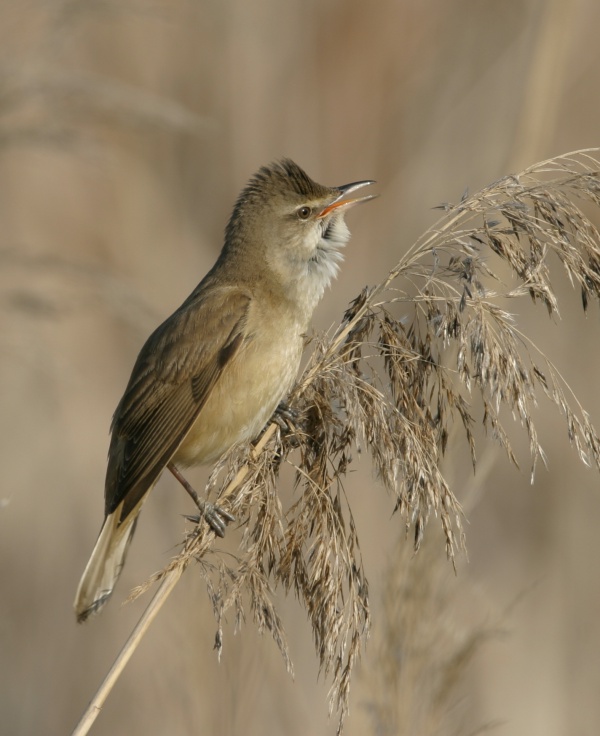Facts About Acrocephalus
The Acrocephalus warblers are small, insectivorous birds belonging to the genus Acrocephalus. Previously grouped with the Old World warblers, they are now categorized under the family Acrocephalidae, which encompasses both marsh and tree warblers. These birds are often referred to as marsh warblers or reed warblers, though this can sometimes lead to confusion with other species. Typically brownish in color, these warblers are commonly found in marshes and wetlands. Many species undertake seasonal migrations.
The Acrocephalus genus has diversified extensively, particularly in the tropical Pacific islands. This evolutionary branching has led to the emergence of some endangered, island-specific species. Sadly, some of these species have already become extinct, highlighting significant conservation challenges. One of the most enigmatic members of this genus, the large-billed reed warbler (A. orinus), was rediscovered in Thailand in 2006 after having been observed only once before, in 1867.
The genus name "Acrocephalus" is derived from the Ancient Greek words "akros" meaning "highest" and "kephale" meaning "head" referring to the flat-headed profile observed in many species. This genus includes various noteworthy warbler species such as the Eurasian reed warbler, the great reed warbler, and the aquatic warbler.
Interestingly, fossil remains from the Late Miocene period discovered in Hungary suggest a potential link to the Acrocephalus genus, although this connection remains tentative due to the age of the fossils.
